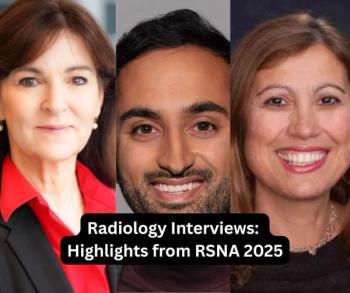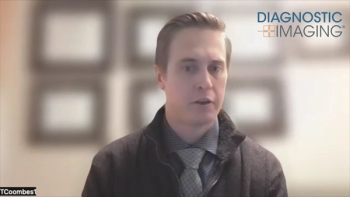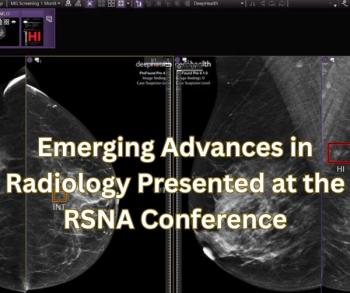
Imaging veteran forms Questarto target open MRI center niche
Questar buys 10 Siemens Magnetom Open scannersAs the imaging services industry consolidates, smaller centercompanies are beginning to look like little fish swimming in anocean of imaging center mega-chains. The conventional wisdom dictatesthat
Questar buys 10 Siemens Magnetom Open scanners
As the imaging services industry consolidates, smaller centercompanies are beginning to look like little fish swimming in anocean of imaging center mega-chains. The conventional wisdom dictatesthat smaller players must either gain mass or risk losing theattention of giant managed-healthcare providers.
One way out of the impasse is for smaller players to developniche expertise and then find partners who already have payorcontracts but can use that expertise to broaden their own imagingservice portfolio. That is the strategy of Questar Imaging ofTampa, FL.
Questar was started last year by Paul Stanley, president andCEO, and operates three imaging centers. It is focusing on open-boreMRI services, provided as an adjunct to existing hospital andradiology group practices.
Questar placed an order for 10 Siemens Magnetom Open MRI systemsin August and expects to have seven of these up and running byyear-end, Stanley said.
"We are aggressively developing the open (MRI) market,"he said. "We look for opportunity in this niche market whenhospitals and radiology groups need to complement their serviceswith new technology but don't necessarily have the management,financial, or marketing resources to do so."
Stanley has had plenty of experience as a small player maneuveringamong larger imaging services firms.
His first company, mobile firm Quantum Imaging, was purchasedby Medical Imaging Centers of America, which is being bought byU.S. Diagnostic Labs (SCAN 8/28/96). (Stanley's Quantum Imagingis unrelated to the Quantum Imaging acquired by USDL this month.)Stanley's second company, MediTek Health, was bought by USDL inJune.
"Both the companies I founded are now under the embraceof U.S. Diagnostic Labs," he said. "
Of course, acquisition is not a dishonorable (read: unprofitable)way to go. Most independent centers and small chains would hopeto build their value high enough to create such an exit strategyfor their own investors."
The key, though, is to show a viable business strategy and buildvalue while you are small. These days, that isn't easy.
Open MRI provides an opportunity for niche growth because thetechnology expands the types of patients a center can accommodate-- such as obese or claustrophobic patients -- and because theimage quality of newer open MRI systems is only now gaining mainstreamclinical acceptance.
"Open MRI was frowned upon in the radiology community asbeing a substandard type of modality," Stanley said. "Inthe last couple of years, that has changed and has been reversed.Now it is looked upon as a very desirable technology."
Newsletter
Stay at the forefront of radiology with the Diagnostic Imaging newsletter, delivering the latest news, clinical insights, and imaging advancements for today’s radiologists.




























